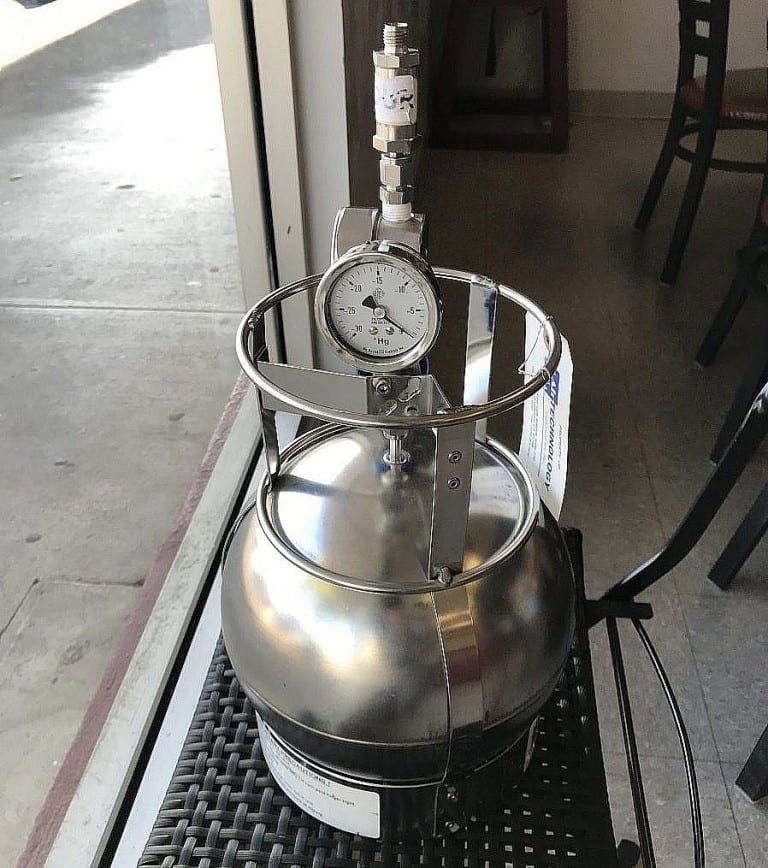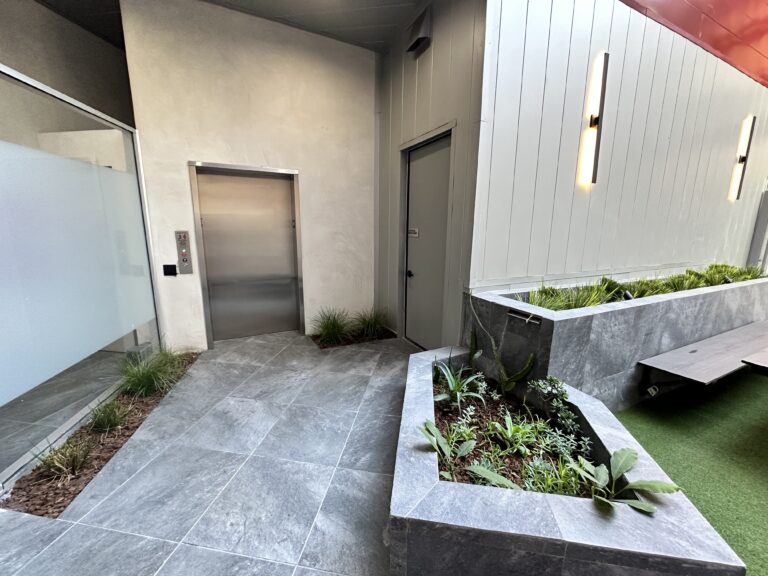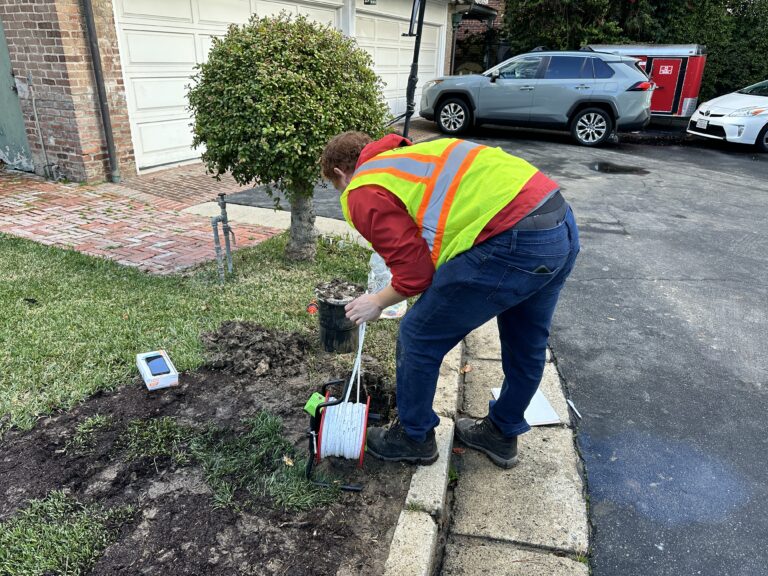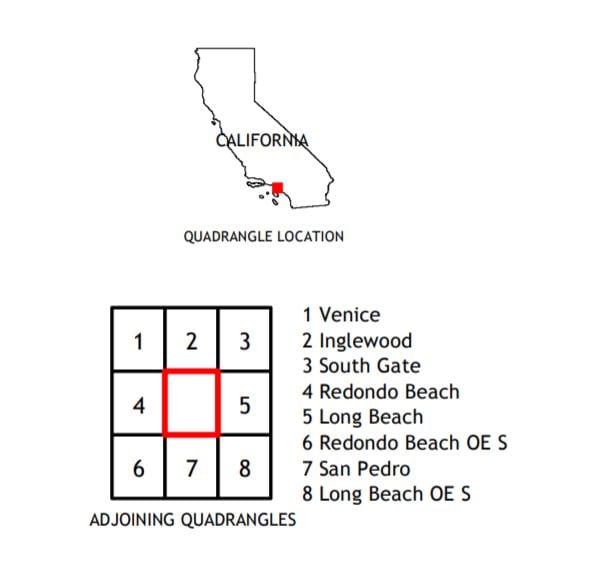Is the Earth Around Millennium Tower Sinking?
Is the earth around the Millennium Tower sinking? Built-in 2008, the Millennium Tower in San Francisco has reportedly sunken about 17 inches into the ground surface. This subsidence is a consequence of improper geotechnical engineering design and potential changes in the hydrogeological setting. Moreover, surveyors indicate the structure is tilting, with a difference of approximately 3 inches from side to side. At the moment, the local building and safety department states the structure is safe for continuous living. However, the rate of subsidence isn’t likely to change or stop anytime soon. Thus, expert geotechnical engineers are handling this corrective action project, and believe the foundation can be salvaged with a final solution. At this time, cost estimations for this mitigation effort range between $300,000,000 and $500,000,000. Updated April 4, 2020.
The Solution to the Millennium Tower Sinking
After years of testing, analysis, and surveying, geologists and engineers are now proposing an updated mitigation plan. This corrective action proposal comprises a series of retrofit piles which aim to counterbalance the sinking foundation. As a result, the geologists and drillers plan to supersede the depths of the bay area mud underlying the building, and securely tap the new piles into the underlying bedrock. Ultimately, these devices intend to stabilize the downward sinking side of the existing high rise structure. Whereas the opposite end would temporarily continue to sink. And theoretically, the tilting building should reach an equilibrium, and straighten itself within equal or lesser time.
According to an sfgate.com article, the executive partners at O’Melveny & Myers (Millennium Tower resident legal representation) state the geotechnical engineers are confident the latest corrective action plan will stabilize the building over time.
The Geology of San Francisco
The geology of the San Francisco bay area is complex. Much like other areas, this introduces an abundance of complications and liabilities with land development projects. Bay mud is a common sedimentary deposit comprising of sand, silt, and clay. Generally, these sediments contain shallow static groundwater levels, which also keep the soil in a consistent state of saturation. As a result, bay muds have high porosity (retaining water) and low permeability (movement of water within). Furthermore, bay muds have high compression factors and low shear strength, making it hazardous for structural development. Especially within the seismically active and fault ridden area of San Francisco, California.
Subsidence and liquefaction are the typical geological hazards in association with bay mud. And static groundwater levels fluctuate as a result of precipitation, periods of drought, water pumping and de-watering activities at nearby construction sites. Consequently, the soil-characteristics of the bay mud are subject to change, when soil zones go from wet to dry. For instance, subsidence can occur when groundwater levels decline. On the other hand, liquefaction can occur when groundwater levels rise.
Bedrock underlying the Millennium Tower is approximately 200 feet below the ground surface. The corrective action proposal entails drilling and installing a series of piles into the bedrock underlying the bay mud. Moreover, these piles are likely to base another 100 to 150 feet within the bedrock it’self. As a result, drilling requirements may require approximately 350 feet of total depth at each pile location.
The Importance of a Proper Geological Assessment
The earth around the Millennium Tower sinking is a subject that truly highlights the importance of a proper geological assessment. Cutting costs on any geological engineering service can backfire greatly.





